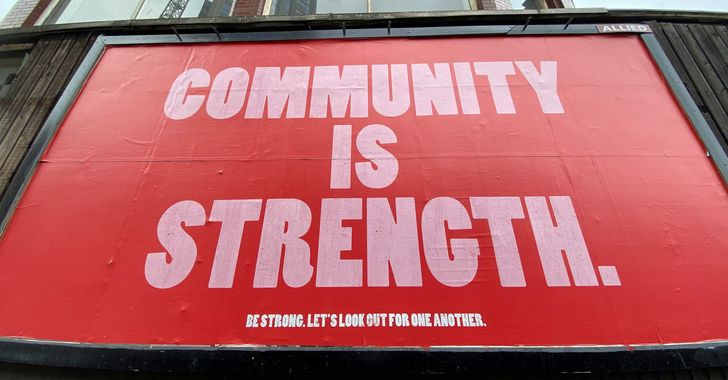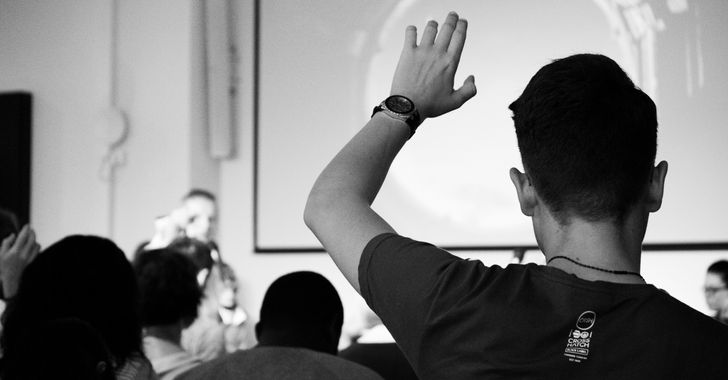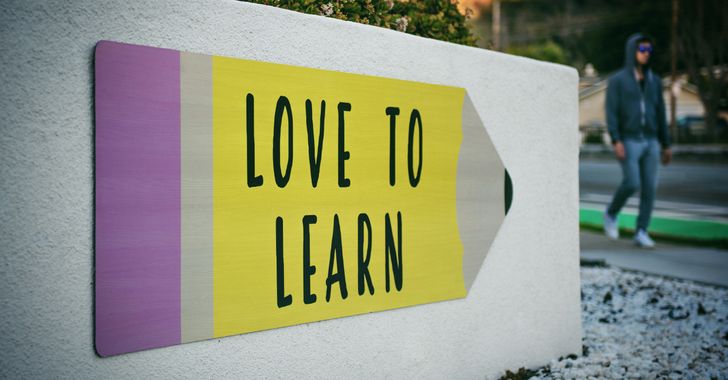There are an abundance of strong women throughout history, though we may not always hear about them. In honor of International Women's Day and Women's History Month, here are 6 strong women who left their mark but may not get the credit they deserve.
Saint Joan of Arc (1412-1431)
Born in 1412, Joan d’Arc was born to a tenant farmer. She never learned how to read or write but felt passionately about the Catholic church. At age 13 she started hearing voices, which she claimed were messages from God. She became convinced that her life’s purpose was to lead France to victory in what is now known as The Hundred Years War, a conflict between France and Britain in which Britain had the upper hand at the time. She needed the support of prince Charles VII, and so she cropped her hair and wore men’s clothes to make the journey.
When she arrived at his private castle she proceeded to convince him to provide her with an army (rumor has it she took him to a private room and delivered a message to him that only a “messenger from God” would have known”—no one knows what this information could have been). She then led her army into battle for British-controlled Orleans—and she was successful, though she had no military experience.
Victory continued to follow Joan and Charles VII, and she eventually saw him crowned. She was captured and tried for witchcraft, heresy, and dressing like a man among other things, and after a year she was burned at the stake. 20 years after that Charles VII ordered another trial that cleared her name, and in 1920 she was canonized.
Catherine the Great (1729-1796)
Catherine the Great was born Sophie Auguste to a barely-royal German duchy. The family was struggling, even as nobility, so Sophie was quickly married off to her husband Peter, the heir to the Russian throne. Sophie did whatever needed to be done, converting her religion and being renamed Catherine, learning to speak Russian, and doing proper networking to gain the support of the politically well-established of Russia.
Because of this, her husband reigned as emperor for a mere 6 months before Catherine had him overthrown through a palace coup—that required no blood to be shed to be successful (however Peter was later murdered). Even though she had no legal claim to the thrown, Catherine went on to reign for the next 34 years, making her the longest-ruling female monarch in Russian history.
Catherine was painfully aware of Russia’s savage image to western cultures, and so her reign was spent changing this image. She expanded Russian borders by 200,000 square miles and she was a devoted patron of the arts and sciences, as she knew that with knowledge and appreciation of these things came the understanding and support of Western European powers. Today, she is regarded as one of Russia’s greatest rulers.
Susan B Anthony (1820-1906) & Elizabeth Cady Stanton (1815-1902)
Both Elizabeth and Susan received prime educations, as Elizabeth came from a prominent family and Susan was the daughter of a well-respected Quaker. Both women were raised speaking their minds and growing up to become activists on different fronts--in 1851, the two women came together to head the women’s rights movement of the time. Stanton was married with children so Anthony was the driving force behind the campaign.
However, Stanton’s expertise and knowledge of politics and rhetoric made the campaign successful. The women didn’t just fight for feminism, however; during the Civil War they created the Women’s Loyal National League and proceeded to petition for Congress to pass the 13th amendment. From there, Stanton and Anthony created the American Equal Rights Association, securing the vote for African American Men.
Not happy with the fact that women still weren’t allowed to vote, the women established yet another organization, the National Woman Suffrage Association. They faced some challenges from abolitionists, however, and eventually, the organization became the National American Woman’s Suffrage Association. The women spent the rest of their lives fighting for women’s rights and feminism, but unfortunately died before the 19th amendment’s ratification in 1920.
Marie Curie (1867-1934)
Maria Sklowdoski, born on November 1, 1867, was born to two educators who insisted all of their children get good educations, regardless of gender. At the age of 15 Maria graduated from high school as valedictorian and then worked to help her sister pay for college out of the country, as women couldn’t get the education in Poland that the sisters were looking for.
Eventually, she joined her sister in Paris, changing her name to Marie to sound Parisian and finishing first in her class through very hard work. In July of 1893, she obtained her master’s degree in physics and she was given a scholarship to earn a second degree in math, which she earned the next year . She met another researcher—Pierre Curie—and the two were married in 1895. They spent their lives studying and discovering new radioactive chemicals.
In 1903 she and her husband received the Nobel Prize in Physics . Upon her husband’s death in 1906 Marie took over his post at the Sorbonne, becoming the first woman professor at the university. In 1911 she received a second Nobel Prize in Chemistry; then, during WWI, she worked with the Red Cross to develop portable X-Ray machines and train doctors. Due to excessive exposure to radiation, Marie Curie died of aplastic anemia in 1934.
Eva Peron (Evita, 1919-1952)
Maria Eva Duarte was born in Argentina on May 7th, 1919 into a family struggling to make ends meet. In her teenage years she decided to move to Buenos Aires, to pursue acting—and in 1944, she attended the fundraising gala where she would meet Juan Peron, her future husband and the future president of Argentina.
While there is some debate over whether or not she was as good as media tends to make her out to be, her time as First Lady was spent meeting with poverty-stricken and sick Argentinians. Her foundation, the Eva Peron Foundation, used funds to provide resources and build housing, schools, and hospitals for the homeless. She also played a large role in women’s rights and the right to vote: In 1947 the Argentinian Senate passed a women’s suffrage bill.
Eva was loved throughout Argentina and her supporters urged her to run for Vice President after her husband’s death, and in 1951 she announced her candidacy. Unfortunately, in 1950 Eva had been diagnosed with cancer , which forced her to withdraw from the race and eventually killed her.










 people sitting on chair in front of computer
people sitting on chair in front of computer



 all stars lol GIF by Lifetime
all stars lol GIF by Lifetime two women talking while looking at laptop computerPhoto by
two women talking while looking at laptop computerPhoto by  shallow focus photography of two boys doing wacky facesPhoto by
shallow focus photography of two boys doing wacky facesPhoto by  happy birthday balloons with happy birthday textPhoto by
happy birthday balloons with happy birthday textPhoto by  itty-bitty living space." | The Genie shows Aladdin how… | Flickr
itty-bitty living space." | The Genie shows Aladdin how… | Flickr shallow focus photography of dog and catPhoto by
shallow focus photography of dog and catPhoto by  yellow Volkswagen van on roadPhoto by
yellow Volkswagen van on roadPhoto by  orange i have a crush on you neon light signagePhoto by
orange i have a crush on you neon light signagePhoto by  5 Tattoos Artist That Will Make You Want A Tattoo
5 Tattoos Artist That Will Make You Want A Tattoo woman biting pencil while sitting on chair in front of computer during daytimePhoto by
woman biting pencil while sitting on chair in front of computer during daytimePhoto by  a scrabbled wooden block spelling the word prizePhoto by
a scrabbled wooden block spelling the word prizePhoto by 
 StableDiffusion
StableDiffusion
 StableDiffusion
StableDiffusion
 StableDiffusion
StableDiffusion

 women sitting on rock near body of waterPhoto by
women sitting on rock near body of waterPhoto by 
 Photo by
Photo by  Photo by
Photo by  Photo by
Photo by  Photo by
Photo by  Photo by
Photo by  Photo by
Photo by  Photo by
Photo by  Photo by
Photo by  Photo by
Photo by  Photo by
Photo by 








